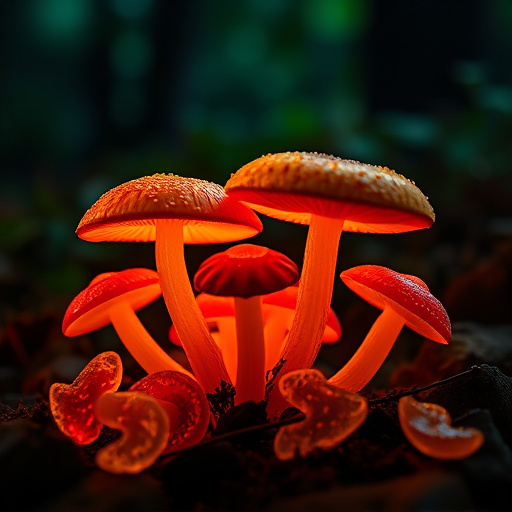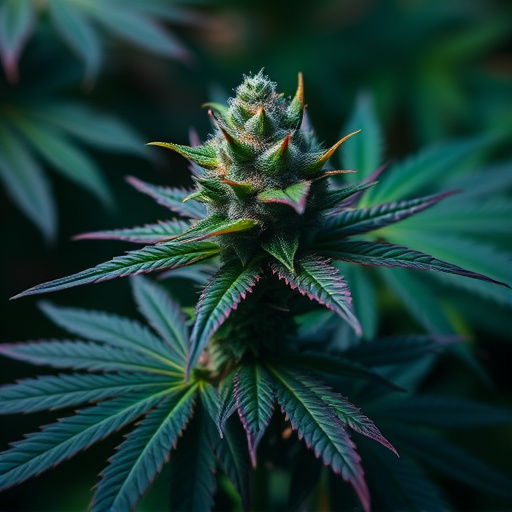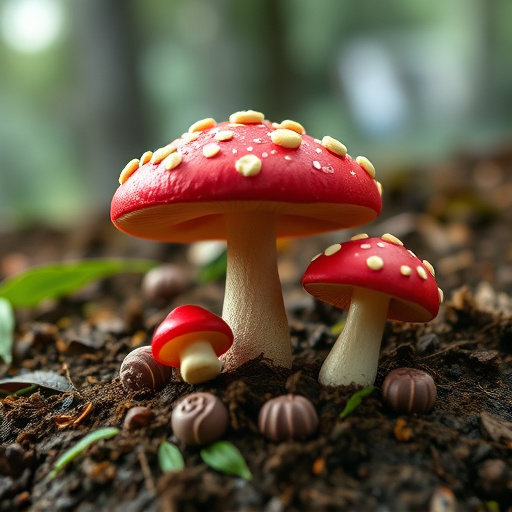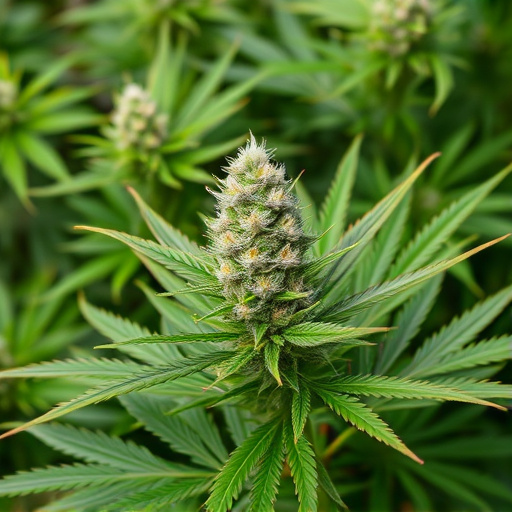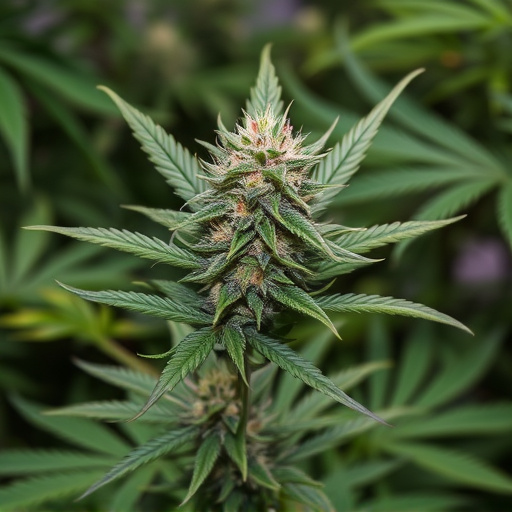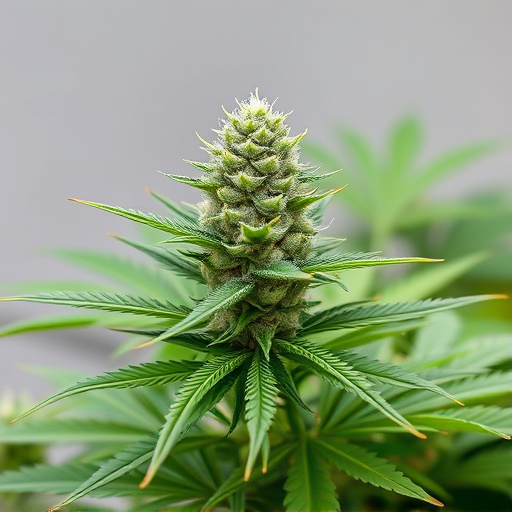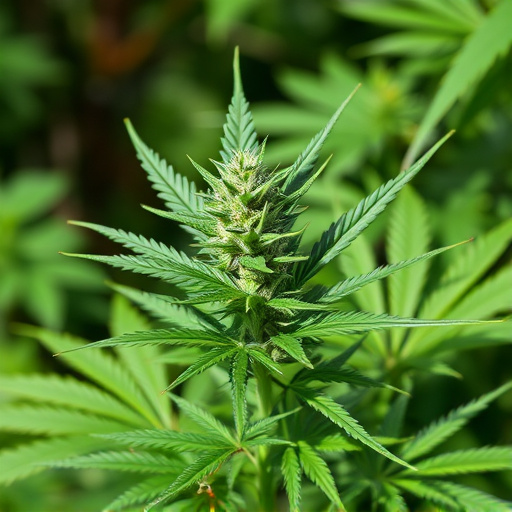Cultivating high-quality medical strains of cannabis involves organic, sustainable practices like nutrient-rich soil amendments and controlling temperature, humidity, and light exposure. Techniques such as sea-of-green (SOG), top dressing, and pruning enhance plant growth, concentrate energy into colas, and increase cannabinoid and terpene production. The health of the plants' soil, achieved through organic matter integration and balanced pH levels, directly impacts cannabinoid concentrations and terpene profiles, making it vital for producing top-quality medical cannabis. Precise lighting control is also essential, promoting robust foliage in vegetative phases and initiating defense mechanisms for dense, potent buds during flowering.
“Uncover the secrets behind cultivating high-quality medical cannabis flowers—a game-changer for patients seeking optimal relief. This comprehensive guide explores cultivation practices, from nurturing robust plants through sustainable soil health and precise environmental control to harvesting at peak perfection. We delve into the chemical composition, focusing on cannabinoid profiles, especially CBD and THC ratios, and the therapeutic benefits of diverse terpenes. Additionally, learn how strain selection, curing techniques, and consistent quality standards elevate the medical cannabis experience.”
- Cultivation Practices for Optimal Cannabis Quality
- – Soil health and nutrition
- – Lighting and timing
Cultivation Practices for Optimal Cannabis Quality
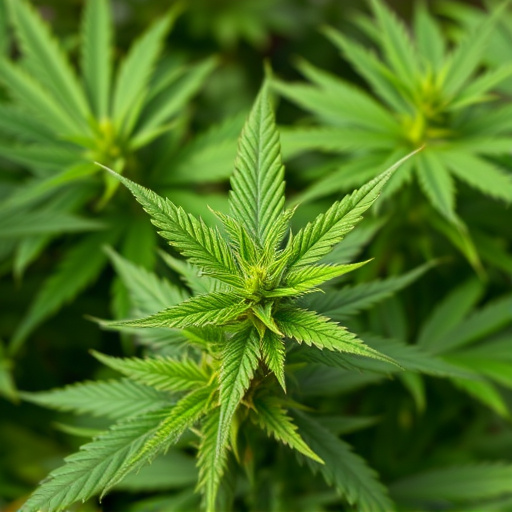
Cultivation practices play a pivotal role in determining the quality of medical strains of cannabis. Growers who prioritize organic, sustainable methods often produce superior flowers. This involves using nutrient-rich soil amendments and avoiding synthetic pesticides or fertilizers to ensure a clean, safe product. Additionally, optimal growing conditions – including precise temperature control, adequate humidity, and ample light exposure – foster robust plant growth and maximize the production of desirable cannabinoids and terpenes.
Beyond these foundational elements, advanced cultivation techniques like sea-of-green (SOG) methods, top dressing with organic matter, and careful pruning contribute to high-quality cannabis. SOG maximizes yield by allowing multiple plants to compete for light and nutrients, resulting in dense, potent flowers. Top dressing enhances soil structure and adds essential micronutrients, while pruning channels the plant’s energy into a few well-developed colas, increasing both quality and quantity.
– Soil health and nutrition
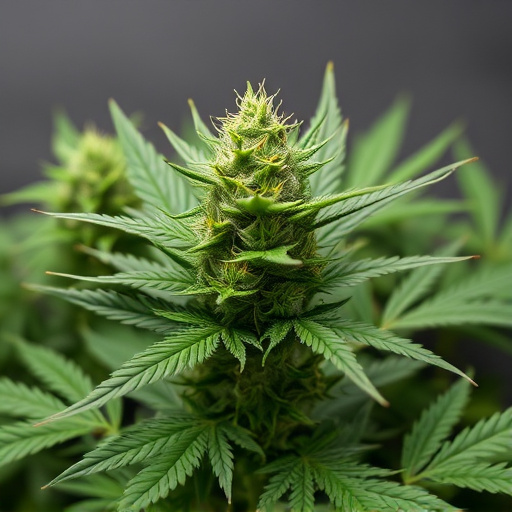
The quality of cannabis flower is significantly influenced by the health and nutrition of the plants’ soil. For medical strains of cannabis, a rich and well-balanced soil mixture is essential to ensure optimal growth and robust final product. Organic matter, such as compost, should be integrated into the soil to enhance its structure and fertility, allowing for better root development and nutrient absorption. Additionally, maintaining proper pH levels—typically between 6.0 and 7.0—is crucial, as it facilitates efficient nutrient uptake by the plant.
Nutrient-rich soil plays a vital role in promoting healthy cannabis plants, leading to higher cannabinoid concentrations and improved terpene profiles. Fertilizers with organic or slow-release nutrients can be used to supplement the soil, providing essential elements like nitrogen, phosphorus, and potassium, which are all critical for robust cannabis growth. The careful consideration of soil health and nutrition contributes significantly to cultivating high-quality medical strains of cannabis.
– Lighting and timing
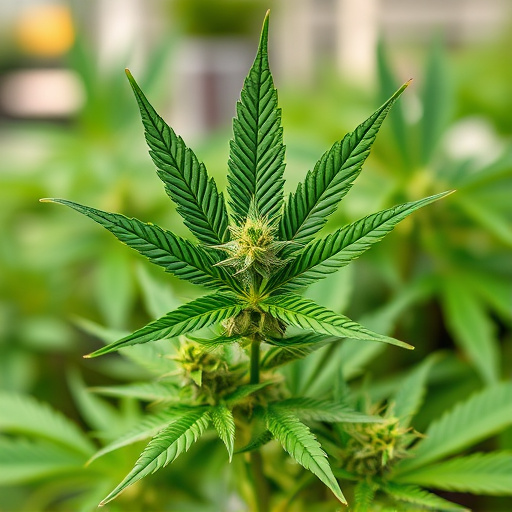
The cultivation of high-quality medical strains of cannabis involves a delicate balance, and lighting plays a pivotal role in this process. Growers meticulously control light exposure to prompt specific growth stages and enhance the concentration of desired compounds. The timing and type of lighting can significantly impact the overall health and potency of the plant.
During the vegetative phase, which is the period of rapid growth, adequate lighting encourages robust foliage development. However, as plants transition into the flowering stage, the light schedule needs to be adjusted. Transitioning to a 12-hour light/dark cycle triggers the cannabis plant’s natural defense mechanisms, prompting it to focus its energy on producing dense, sticky buds filled with potent cannabinoids and terpenes, which are key factors in determining the quality of medical strains of cannabis.
High-quality medical strains of cannabis are a result of meticulous cultivation practices. Maintaining optimal soil health and proper nutrition is key, alongside strategic lighting and precise timing. By focusing on these aspects, cultivators can ensure cannabis flowers exhibit superior potency, aromatic profiles, and desirable therapeutic effects, ultimately enhancing the overall well-being of patients.

